
Emergency gap
The project responds to MSF’s concerns regarding the declining emergency response capacity and presence of humanitarian actors in conflict zones. The Emergency Gap work aims to diagnose the drivers of this loss of emergency focus and to analyse the enablers and disablers for the provision of effective response in acute conflict settings. The project also aspires to stimulate debate with a view to identifying better strategic and operational approaches for delivering critical assistance to people trapped in situations of armed conflict.
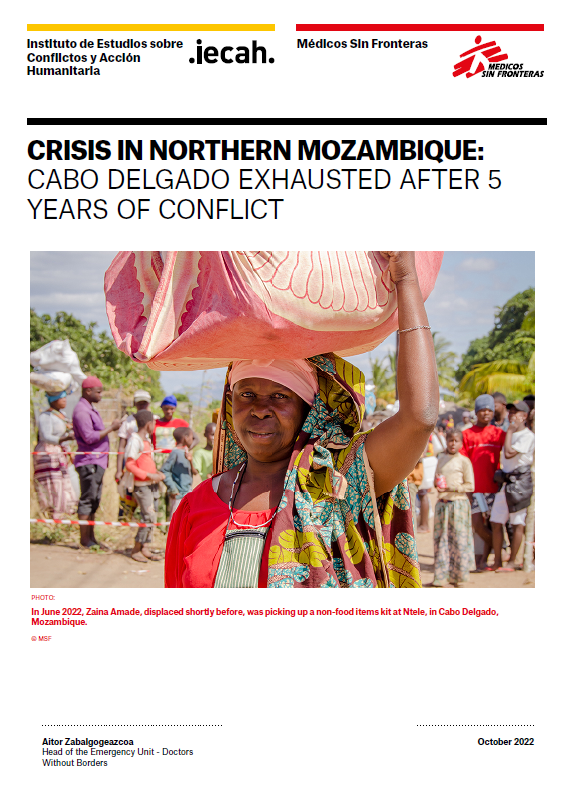
Crisis in northern Mozambique
The displaced families on Maganja beach in Palma district had been waiting for two years to return to Mocimboa de Praia. Since Mocimboa was taken over by a group now calling itself Islamic State in the Province of Mozambique, these families had been living on a strip of beach a few dozen metres wide.

Bridging the emergency gap: what will it take?
International Peace Institute (IPI), New York
to watch a recording of the event click here :
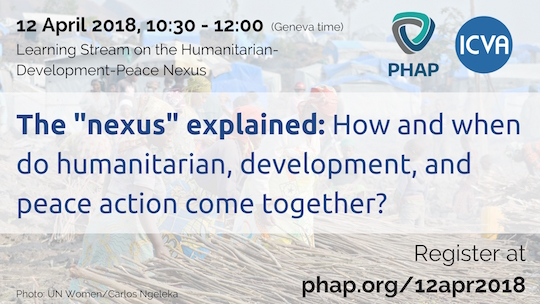
The Nexus Explained
On 12 April, the first session of the new learning stream on the humanitarian-development-peace nexus took place, jointly organized by ICVA and PHAP. The event explored how humanitarian action can contribute to development and peace efforts and considered some of the risks and challenges involved in changing ways of working and pursuing collective outcomes.

Emergency Gap final report: Bridging the emergency gap
There is general consensus that the humanitarian sector is failing to mount timely and adequate responses in the acute phase of conflict-related emergencies, according to the two-year Emergency Gap Project by Médecins Sans Frontières (MSF).

The Evolution of Emergency WASH in Humanitarian Action
An emergency WASH gap exists – there is little disagreement on this point within the humanitarian sector. There is a paucity of emergency WASH capacity, but a surplus of complacency. This report provides an overview of both historical trends and current challenges in emergency WASH programming. Some ways forward are suggested and can be summarised as three key take-home points.
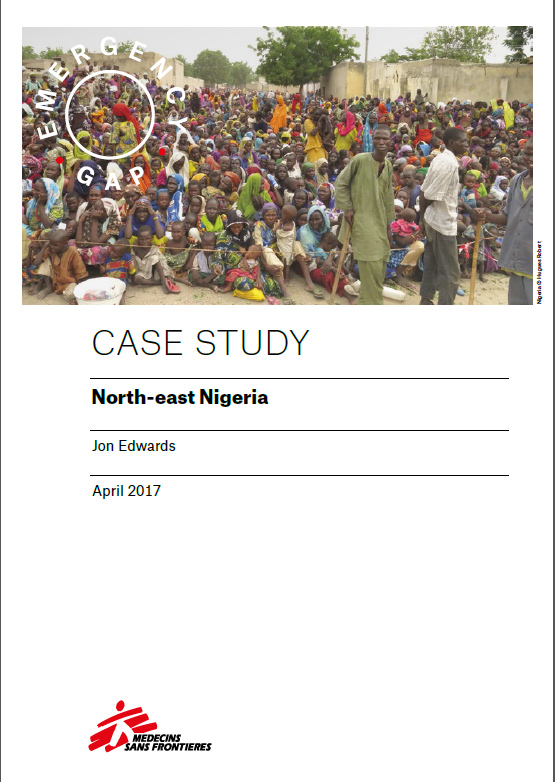
North-east Nigeria
This case study examines the humanitarian response to the conflict-related crisis in the North-East of Nigeria, focusing primarily on the period from 2015 to the end of 2016. The aim is test the central hypotheses of the Emergency Gap project: that the current structure, conceptual underpinning and prevalent mindset of the international humanitarian system limits its capacity to be effective in response to conflict-related emergencies.
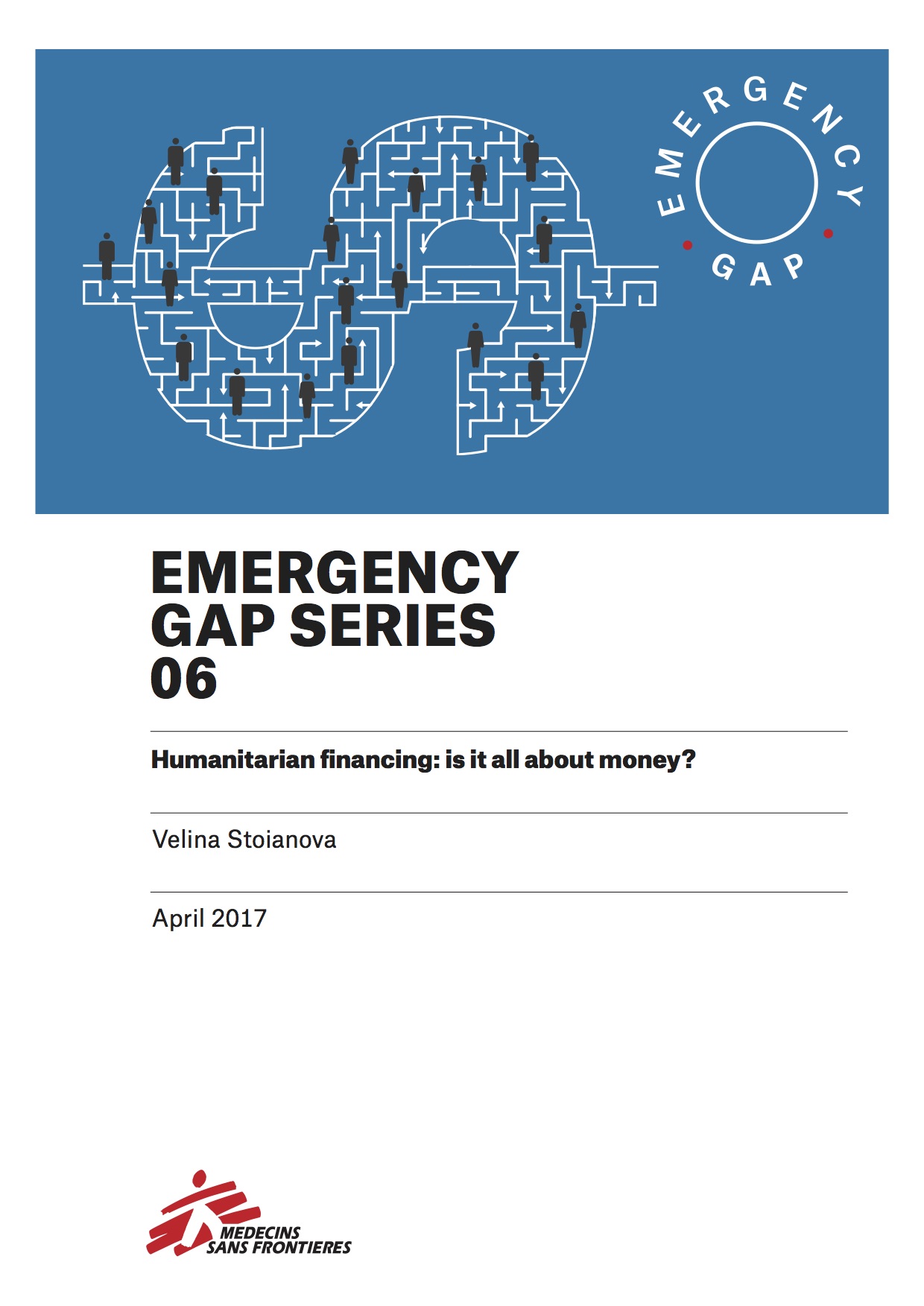
Humanitarian financing: is it all about money?
This paper expands on the structural elements of the emergency gap analysis by providing critical examination of the current setup of the humanitarian sector and its financing architecture.
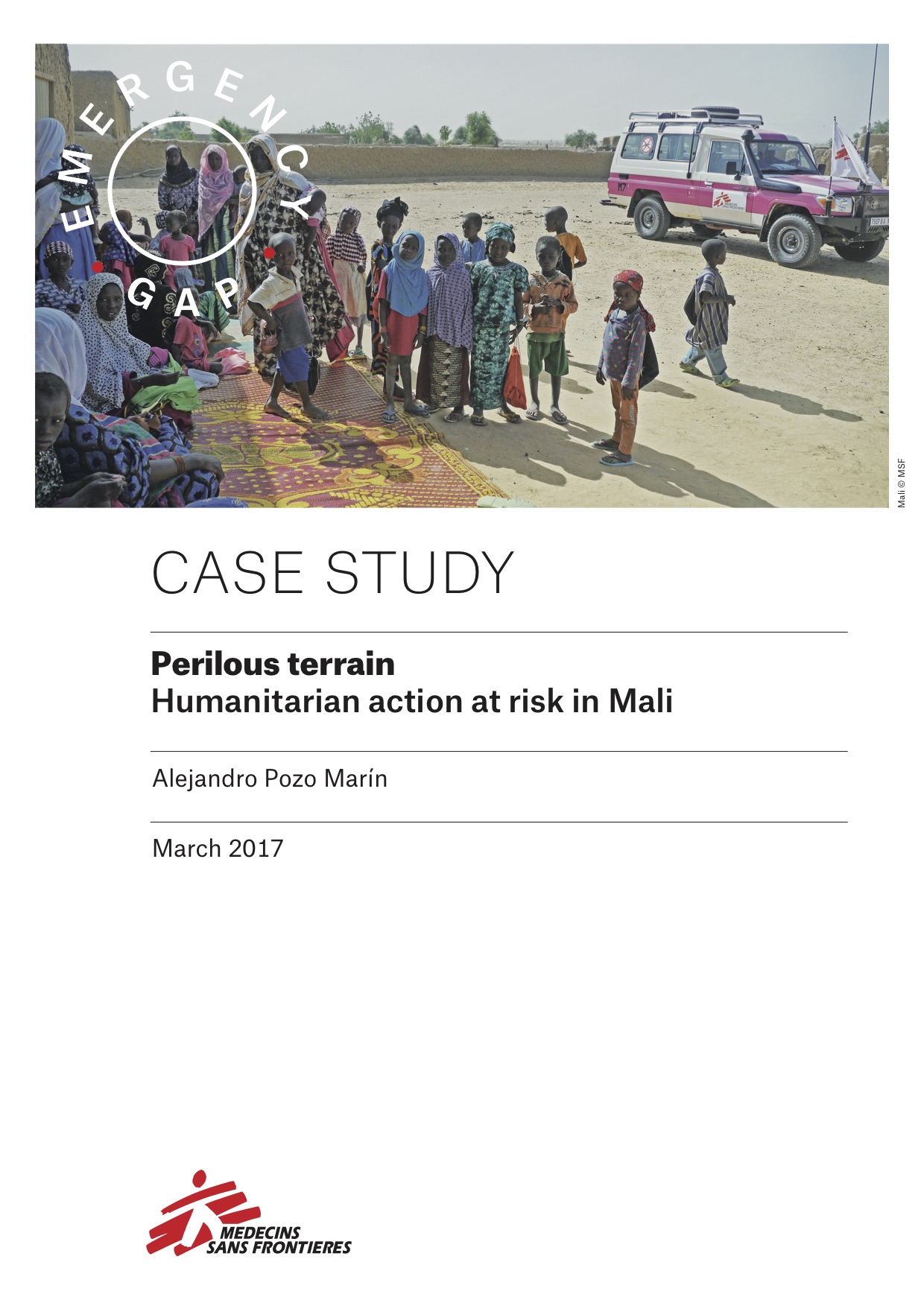
Perilous terrain: Humanitarian action at risk in Mali
This paper examines the incursion of military and political actors into the humanitarian realm in Mali, a context shaped by the rationales of “integration”, “stabilisation” and “counter-terrorism”, and argues that it is jeopardising humanitarian action in the country.

Emergency gap: Insecurity – always an insurmountable obstacle?
This paper offers a reflection on the subject of risk acceptance, and some of the underlying factors that –apart from the actual security threat– influence security decision-making in the humanitarian sector.

Emergency gap: The cost of coherence
The new WHS paradigm offers a vision for humanitarian action that takes coherence too far, effectively merging humanitarianism into the overarching aid project of the SDGs. The aid sector must work to strengthen complementarity across responders, while preserving the critical distinctions between humanitarian and other forms of action.
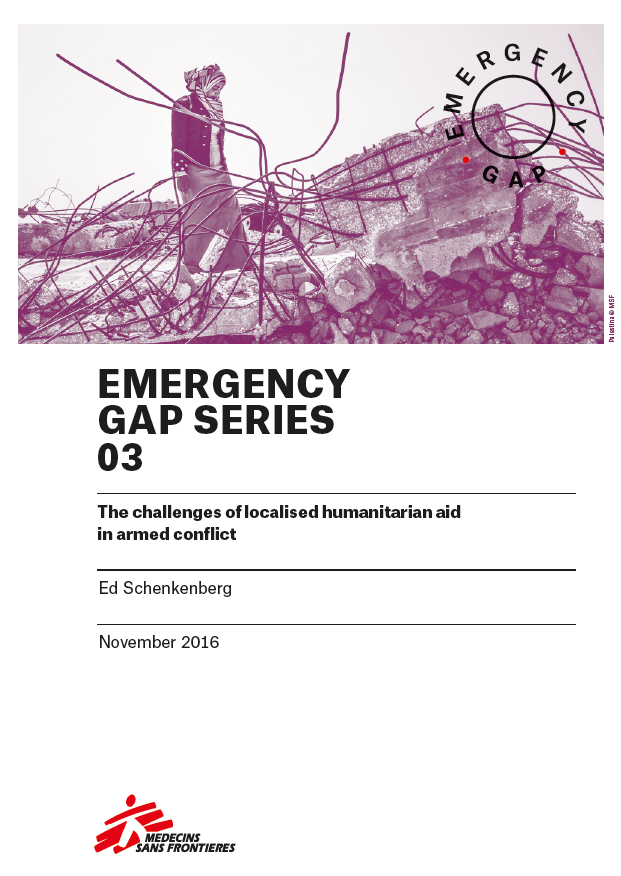
Emergency gap: The challenges of localised humanitarian aid
This paper analyses the role of national and local actors in humanitarian action based on MSF’s experiences in areas within conflict affected countries where the most urgent needs are found.

Niger, Jan 2015 – Aug 2016
This case study of the ‘humanitarian system’s’ response to a conflict driven displacement crisis in the Diffa region of Niger explores if there is an ‘Emergency Gap’. This report concludes that there has been a gap in what could reasonably be expected in terms of effective humanitarian response, and that the reasons for this gap are found in an analysis of the internal dynamics of the system as much as in any external constraints.

Enablers and Obstacles to Aid Delivery: Yemen Crisis 2015
The humanitarian community has failed to adequately respond to the humanitarian crisis in Yemen. This report examines how humanitarian organisations responded to the crisis in 2015 and analyses the obstacles and enablers to aid delivery. Four themes have been explored in detail: humanitarian leadership; political issues and negotiated access; security management; and resources.

‘Stay and Deliver’ Yemen Report
The role of humanitarian aid is to assist populations in dire need, such as those suffering the consequences of conflict. But the system does not always work. In some recent humanitarian crises the humanitarian system has failed to deliver needed aid. One such failure has been the Yemen response.
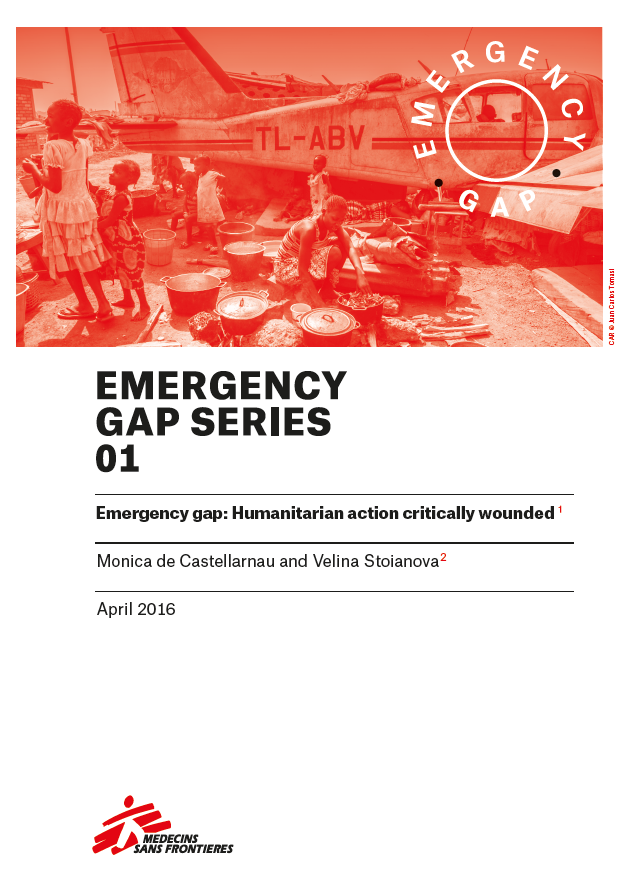
Emergency gap: Humanitarian action critically wounded
This paper offers a reflection on the subject of risk acceptance, and some of the underlying factors that –apart from the actual security threat– influence security decision-making in the humanitarian sector.
